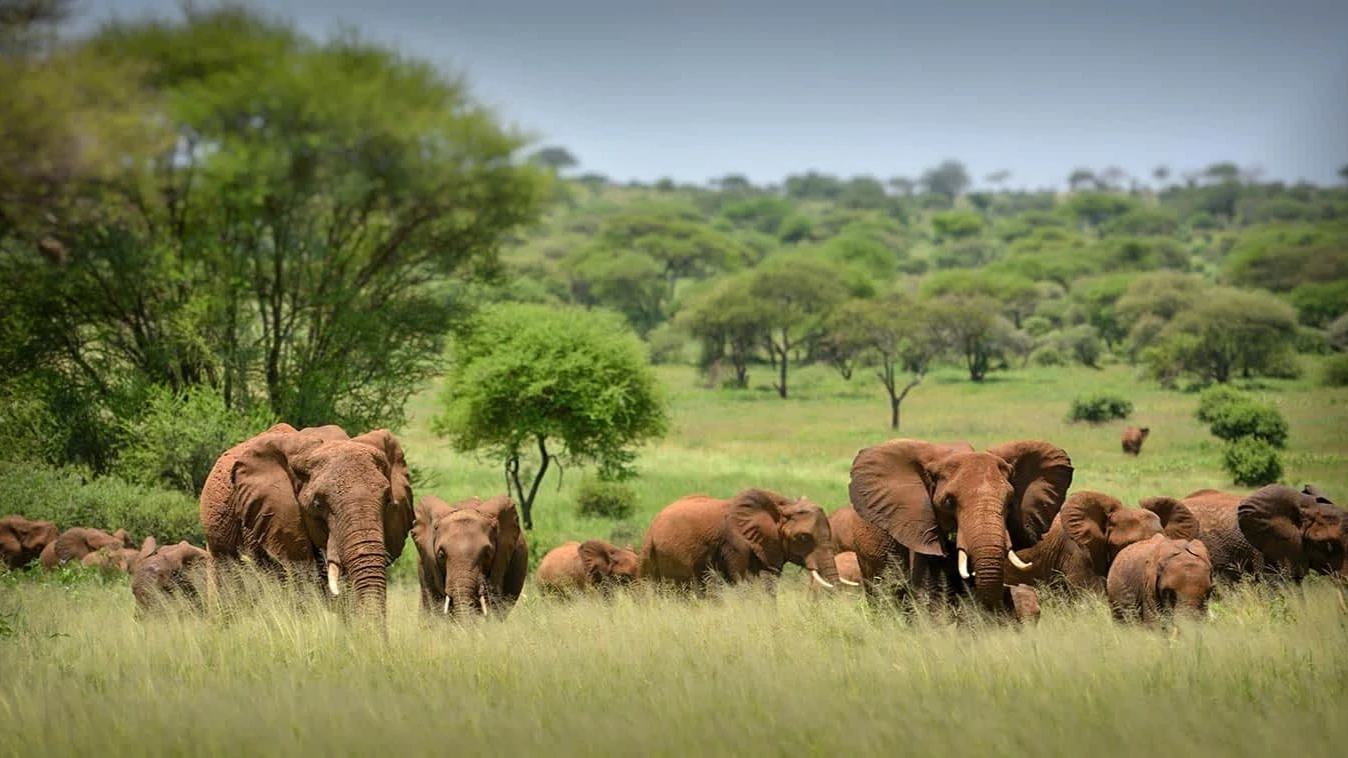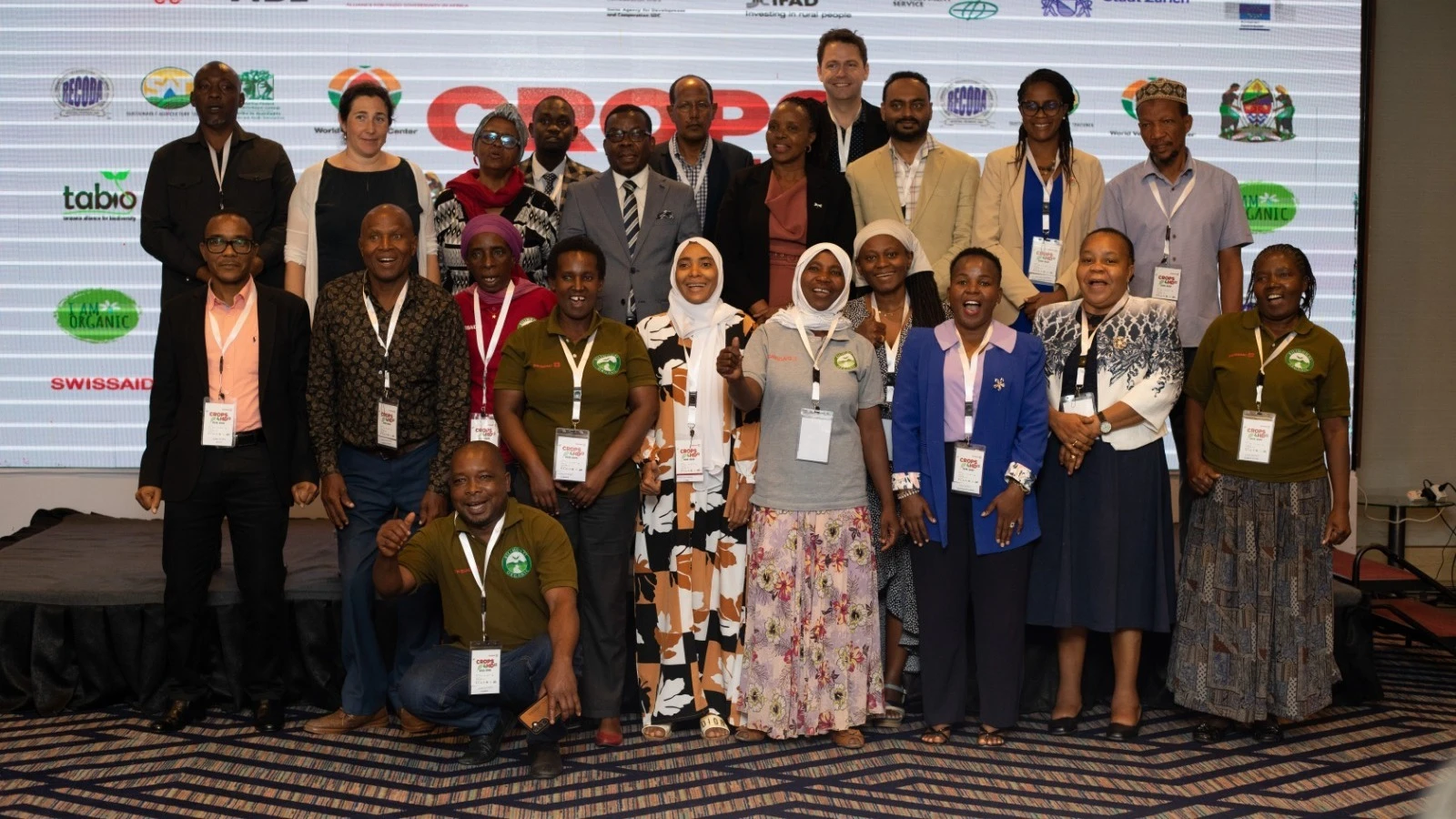Vigilance a must in wildlife sanctuaries even in the ‘very best’ of circumstances

THE Natural Resources and Tourism ministry is on record as having announced in late August 2014 what it said were the findings of a Serengeti-Mara aerial census of elephants and buffaloes conducted between May and June that year.
It said the census showed that there was real cause for optimism in that there were then 7,535 elephants, up from 3,419 nine or so years earlier.
Tanzania’s Serengeti plains and Kenya’s Maasai Mara were known to constitute the world’s largest eco-system and the elephants there were feared to have been long feared to be at risk of extinction.
And, then, now here was a just-released authoritative report to the effect that the population of the jumbos was on the rise!
But African elephants were known to have a gestation period of 640 days, with intervals between births commonly lasting anything from four to six years. Thus, even the reported doubling of the population in a relatively short eight years did not count for much.
Incidentally, there were questions relating to what has had led to the reported rise in the numbers quoted when it was a report released only about a year previously suggested that 30 elephants were being killed in Tanzania on a daily basis – which would logically come to a shocking 10,000 per year.
It was also worth noting that the census showed a rise in the jumbo population in the southern part of Tanzania’s Serengeti National Park while, in contrast, there was a decline in the northern area of Kenya’s Maasai Mara.
The common explanation here would relate to the annual migration of elephants and various other species of wild animals from Kenya to Tanzania and back.
Since the census covered both areas, however, the figures were taken as representing an actual increase and not a mere seasonal surge brought about by the migration. This, all things being equal, was expected to be generally heart-warming.
One would be excused for extending the reasoning further by seeing the figures as evidence that the period under review witnessed a decline in the incidence of poaching.
But this alone would not satisfactorily explain the ever-recurring cases of tonnes upon tonnes of elephant tusks impounded in various parts of the world – most, if not all, believed to be originally from Tanzania.
In fact, Interpol had only months earlier given Tanzania as the top source of illegal ivory in East Africa. Indeed, it was authoritative reports of the kind that helped touch off such global outrage against poaching that the government reversed its stand on whether to sell Tanzania’s ivory stockpile.
In the circumstances, there was wisdom in applauding the reports about the elephant population having increased, while remembering that the figures given referred only to the Serengeti plains and not all wildlife sanctuaries in Tanzania.
It was also noteworthy that the then Selous Game Reserve, which is believed to be Africa’s most expansive “home” to wildlife, was about twice the size of the Serengeti National Park.
Each of these once boasted much bigger numbers of elephants and other species of wild animals, but poaching had wreaked untold havoc on all of them over the decades.
The harm was done, and it remained upon the present generation to do the utmost in ensuring that future generations were not denied the right to enjoy whatever benefits the national parks, game reserves and wildlife management areas the country is endowed with can offer.
By seriously addressing whatever is pulling us behind, we can ably protect these priceless natural resources against poachers, etc., and therefore make the population of our wild animals swell all then faster.
Fortunately, in this particular respect, we still enjoy the goodwill and other forms of support from a range of well-placed regional and international agencies.
With their intervention, we are all but assured of waging a winning war which our wildlife sanctuaries will thanks us for. So, let us march on all the more energetically and with greater focus so as to emerge victorious.
Top Headlines
© 2025 IPPMEDIA.COM. ALL RIGHTS RESERVED

















